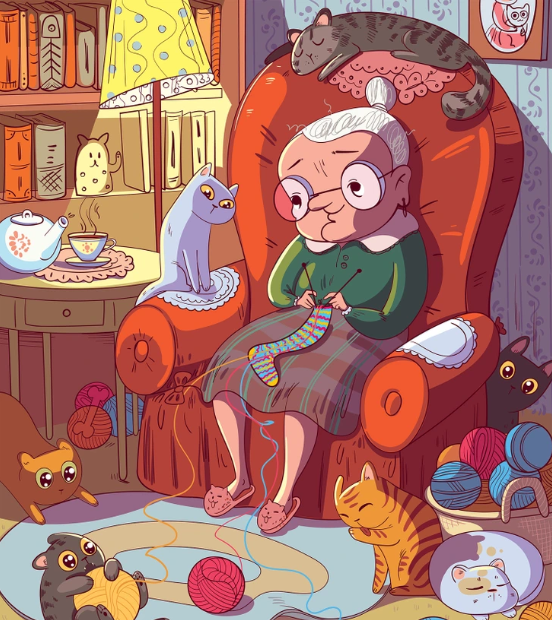
Choosing the Perfect Color Palette for Your Home – WordPress SEO Guide
Introduction to Color Palettes
Choosing the perfect color palette for your home is a crucial aspect of interior design. Choosing the perfect color palette for your home can greatly impact the ambiance and overall aesthetic of your living space. With countless options available, it can be overwhelming to decide on the perfect combination of colors. In this article, we will guide you through the process of selecting a color palette that suits your style and preferences.
Understanding Color Theory
Before we dive into the world of color palettes, it’s essential to understand the basics of color theory. Color theory is a set of principles used to create harmonious color combinations. It’s based on the way colors interact with each other and the emotions they evoke. The color wheel is a fundamental tool used in color theory, which displays colors in a circular format, showcasing their relationships and hierarchies.
Types of Color Palettes
There are several types of color palettes to choose from, each with its unique characteristics and effects. Some popular types of color palettes include:
- Monochromatic: A single color used in various shades and tones.
- Complementary: Colors that are opposite each other on the color wheel.
- Analogous: Colors that are next to each other on the color wheel.
- Triadic: Colors that are equally spaced from each other on the color wheel.
How to Choose a Color Palette
Now that we’ve explored the different types of color palettes, let’s discuss how to choose the perfect one for your home. Here are some tips to get you started:
- Consider the natural light: Take note of the amount of natural light your room receives and choose colors that will complement it.
- Think about the room’s purpose: Different rooms have different functions, and the color palette should reflect that. For example, a bedroom should have a calming color palette, while a home office should have a more energizing one.
- Look to nature: Nature is a great source of inspiration when it comes to color palettes. Consider the colors of flowers, trees, and sunsets when making your decision.
- Don’t forget about neutrals: Neutral colors like beige, gray, and white can help balance out bold colors and create a sense of calm.
Implementing Your Color Palette
Once you’ve chosen your perfect color palette, it’s time to implement it in your home. Here are some tips to help you get started:
Start with a dominant color: Choose one color from your palette and use it as the dominant color in the room. This will help tie the space together and create a sense of cohesion.
Add accent colors: Use the other colors in your palette as accent colors to add depth and interest to the room. You can use them for furniture, accessories, and decorative items.
Consider the 60-30-10 rule: Divide your room into 60% of a dominant color, 30% of a secondary color, and 10% of an accent color. This will create a balanced and harmonious space.
Conclusion
Choosing the perfect color palette for your home is a process that requires patience, creativity, and a little bit of knowledge about color theory. By understanding the different types of color palettes, considering the natural light, room purpose, and looking to nature for inspiration, you can create a space that reflects your personality and style.
Remember, the key to a successful color palette is balance and harmony. Don’t be afraid to experiment and try out different combinations until you find the one that works best for you. With these tips and a little bit of practice, you’ll be well on your way to creating a beautiful and cohesive color palette for your home.
When it comes to WordPress, there are many plugins and tools available to help you create and implement your perfect color palette. From color picker plugins to design tools, you can find everything you need to bring your vision to life.
In conclusion, choosing the perfect color palette for your home is a journey that requires patience, creativity, and a little bit of knowledge about color theory. With the right tools and a bit of practice, you can create a space that reflects your personality and style.



